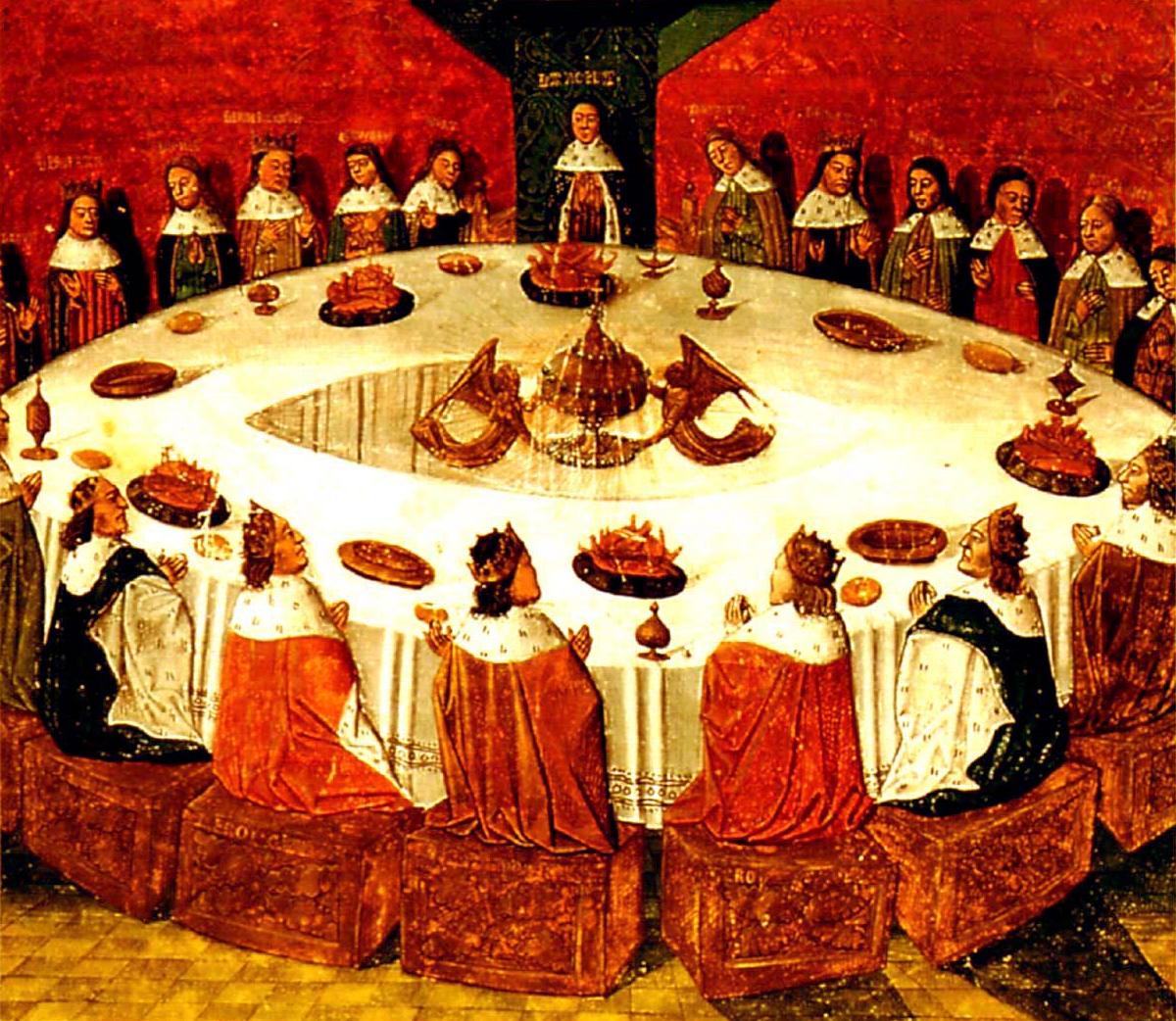Press release:
Integration at the round table: Marine spatial planning in multi-stakeholder settings
By: Erik Olsen, David Fluharty, Alf Håkon Hoel, Kris Hostens, Frank Maes, and Ellen Pecceu
New paper in PlosONE online & open-access journal, Oct 9th 2014.
Failed integration hampers US marine planning, while round-table leadership succeeds in Europe.
Significance: Marine spatial planning requires integration across sectors and between government levels. Vertical integration works in both Belgium and Norway despite different systems but it’s not working in the US thereby delaying national marine planning.
“This paper is a refreshingly realistic contribution to debates about how marine spatial planning actually works in reality, in its focus not only on negotiations amongst stakeholders, but also on political realities.” Dr. Peter Jones, Senior Lecturer, University College London

Figure 1 Marine spatial planning (MSP) study areas around the North Atlantic
Increased use of marine space and multiple impacts are challenging issues for ecosystem-based management. Marine spatial planning offers an effective perspective to manage our seas and oceans in a sustainable way. Like the mythical King Arthur used a round table to secure cooperation of his noble but imperious knights, modern marine planning requires integration across sectors, and between government and civil society. This seems logical and simple, but not always obvious in practice.
In a recent paper in the online and open-access scientific journal PlosONE, Erik Olsen and colleagues from Norway, Belgium and the US investigated the importance of integrating marine spatial planning into national marine policies. By comparing marine spatial planning developments in their respective countries, they showed that spatial planning requires political leadership and that integration of various sectors is critical to make the planning process successful. Lack of integration between executive and legislative branches as well as a failure to involve stakeholders can slow down the planning process, as is currently happening in the US.

Figure 2 Just like king Arthur’s chivalrous knights, modern-day marine spatial planning needs neutral round tables, where stakeholders and government can meet on an equal footing while creating the trust necessary for successful planning. (Painting by Michel Gantelet, 1472, Original at Bibliothèque Nationale de France)
Transparency is also central to establish integration between levels of government and with the stakeholders. In Norway and Belgium part of the planning process was kept behind closed doors, sometimes leading to disgruntled stakeholders. In contrast, all meetings in the US are open and all documents are made public, leading to more transparency and a better cooperation throughout the marine spatial planning process.





